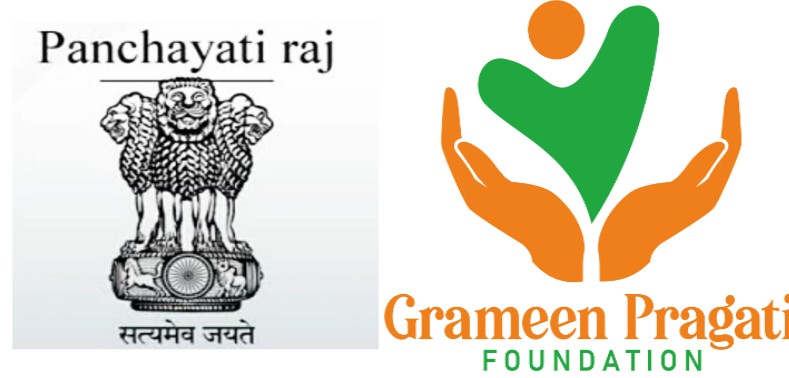Migration

Both authors have completed their masters from Gokhale Institute of Politics and Economics, Pune, Maharashtra.
Migration is the movement of people from their usual place of residence, across either internal or international borders. As per the census 2011, India had 38% of the population as migrants. The two major cause of migration can be either marriage or it can be labor movement. Marriage migration is more local in nature while the labor movement is global in nature. We classify the migrants flow on the basis of origin and destination.
So what we need to gauge while studying migration for example in a country like India is its geography and degree of spatial focus on a particular geographical location. It provides useful indicators and determinate of patterns of interregional migration and can help give insight into the population redistributive roles played by specific regions. Earlier we could find the language as a major barrier for movement of people to particular regions but now for example in the case of Jharkhand we can see huge movement of women in the districts of Tamil Nadu, Karnataka and Kerala. So there is change in overall potential migration destination. There can be difference in the extent of the volumes of flows coming into a region and the volumes of flows leaving the region. This phenomenon can be of particular interest because net migration can be zero (total gross in-migration equals’ total gross out-migration) at this place/region/ space which is one of the components of population change, but this place/region/space plays a significant role as redistributes of the population in the migration system. This pulls its migrants from a set of origin regions different from the destination regions. The special structure of a migration (or other interaction) matrix-one with elements associated with particular origin and destination regions-makes it desirable to examine spatial concentration.
Of course, in reality we do not expect to find equality in the sizes of migration flows among a set of regions of different population sizes, culture, endowment, and so forth that are separated from one another by different distances. For purposes of inter-temporal comparisons across the same set of regions we need to study the spatial autocorrelation either in the same agro climatic region to see the overall extent to which migration is becoming more or less spatially focused.
By: Rajat Singh Yadav and Bharati Kumari










